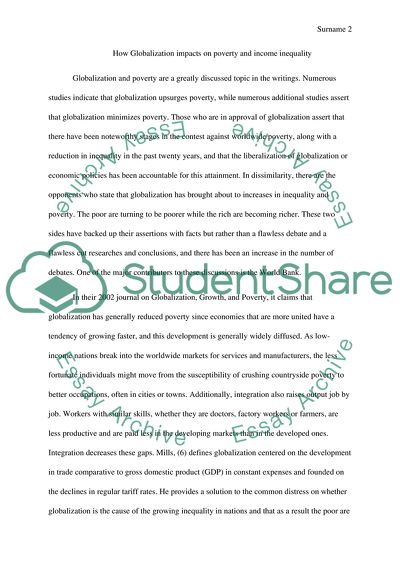Cite this document
(“Globalization Influences Poverty And Income Inequality Research Paper”, n.d.)
Retrieved from https://studentshare.org/social-science/1695962-globalization-influences-poverty-and-income-inequality
Retrieved from https://studentshare.org/social-science/1695962-globalization-influences-poverty-and-income-inequality
(Globalization Influences Poverty And Income Inequality Research Paper)
https://studentshare.org/social-science/1695962-globalization-influences-poverty-and-income-inequality.
https://studentshare.org/social-science/1695962-globalization-influences-poverty-and-income-inequality.
“Globalization Influences Poverty And Income Inequality Research Paper”, n.d. https://studentshare.org/social-science/1695962-globalization-influences-poverty-and-income-inequality.


